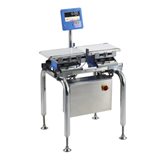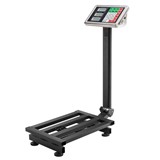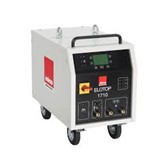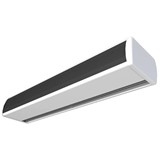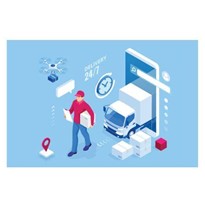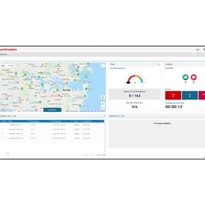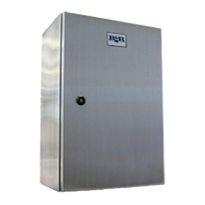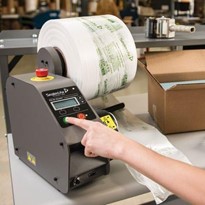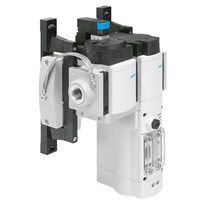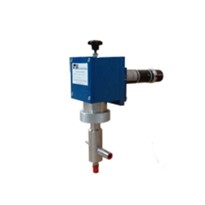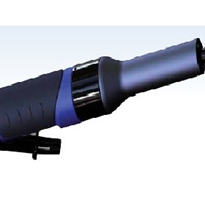Businesses have been forced to rethink strategies and tailor their operations to meet customer demands. With online shopping on the rise due to the Covid-19 pandemic, expectations are likely to increase. This is where last mile delivery plays a crucial role.
What is last mile?
Last mile refers to the last step of the delivery process where the package reaches its destination. It involves an elaborate process where the goods are moved from the distribution center and transported to the customer. The logistics part refers to the physical spaces, software, delivery fleets, shipment staff and delivery drivers, and anything else that goes into making the delivery of that parcel possible. Till date, parcel shipment is valued at over $83 billion, and is likely to double in a decade. Did you know last mile makes up over 50% of a shipment’s total cost? That is why you need to make last mile delivery all the more efficient, so it can be completed with minimal expenses, which don’t eat into the bottom line.
How to improve last mile delivery efficiency?
Make driver dispatch and route planning an automatic process
Your service time and labor costs can be reduced by auto dispatching. Using last mile software allots routes to drivers automatically and even optimizes routes in real-time to ensure the system is as efficient as possible. Route optimization factors in time, location, vehicle capacity, and traffic conditions to generate the most efficient route. If conditions change, the software adjusts the route and updates the driver in real-time. This can decrease the number of drivers needed in a day to complete deliveries and provide a more streamlined route.
Centralize logistics data
A lot of data is generated in the last mile process. When all of this data is put in a centralized location, businesses can understand their ins and outs better, especially when it comes to last mile processes. They can understand where they are going wrong, which areas can be improved, and so on.
Implement real-time tracking
If packages get lost or misplaced during the last mile delivery, it is a major problem for your business. Implement an effective tracking system before the product even leaves the warehouse. Throughout the supply chain, you should be able to quickly and easily track an order from placement to delivery. It is imperative for packages to arrive on a customer’s doorstep in a timely manner.
Similarly, you should also provide customers with a real-time tracking number, so they can monitor live driver locations and accurate ETAs. They should be given contact details about the driver, so they can get in touch if required. When customers are updated about the location of their package throughout the supply chain and last mile distribution process, it decreases the number of customer service calls inquiring about the status of their order. On the other hand, it builds on customer confidence and trust.
Improve communication with customers
Let customers select a convenient delivery time from several options. When they choose the delivery day and time, it increases the probability of a successful first-time delivery as the customer is likely to be present to receive the order. Customer satisfaction depends majorly on whether a package arrives on time. When orders are delivered exactly when and where they specified, they will no doubt be happy and become repeat customers. A flexible fulfillment system that allows customers to alter delivery windows until the day of delivery also increases satisfaction and likelihood of first-time success.
Keep an eye on driver performance
Monitoring driver performance is a must when it comes to improving last mile delivery efficiency. It includes on-time rates, service times, customer feedback, the number of parcels delivered and total distance traveled. This data should be recorded, so you can address concerns regarding driver safety and identify areas for improvement.
Last mile delivery is not a one-size-fits-all solution for businesses. It has to be tweaked and modified depending upon your business model, so businesses can come up with efficient, cost-effective ways to maintain profitability and meet expectations of customers.





